Hiten Shah’s tips for remote product management

Yesterday, we were excited to welcome Hiten Shah as the first guest on productboard’s Age of Product Excellence webinar series. Hiten is a remote work expert, product thought leader, and the co-founder and CEO of FYI.
During the webinar discussion, Hiten shared valuable tips for product teams working remotely during the COVID-19 pandemic, including:
- The tools and processes that best support remote product management;
- How to facilitate better communication remotely; and
- Ways to achieve a healthy work/life balance when working exclusively from home.
Read on for a lightly edited version of our conversation.
You’ve been an advocate of remote work for a long time. What were some trends that you’ve observed in attitudes towards working from home over the years?
Over time, a number of people have emerged as strong advocates for remote work and have been doing research on what it means for the future of work.
At FYI, we’ve done extensive research on the topic. Recently, we posed a remote work NPS survey to understand if people would recommend remote work to their friends and colleagues. We also asked segmentation questions to figure out how often people normally work remotely and how they feel about it.
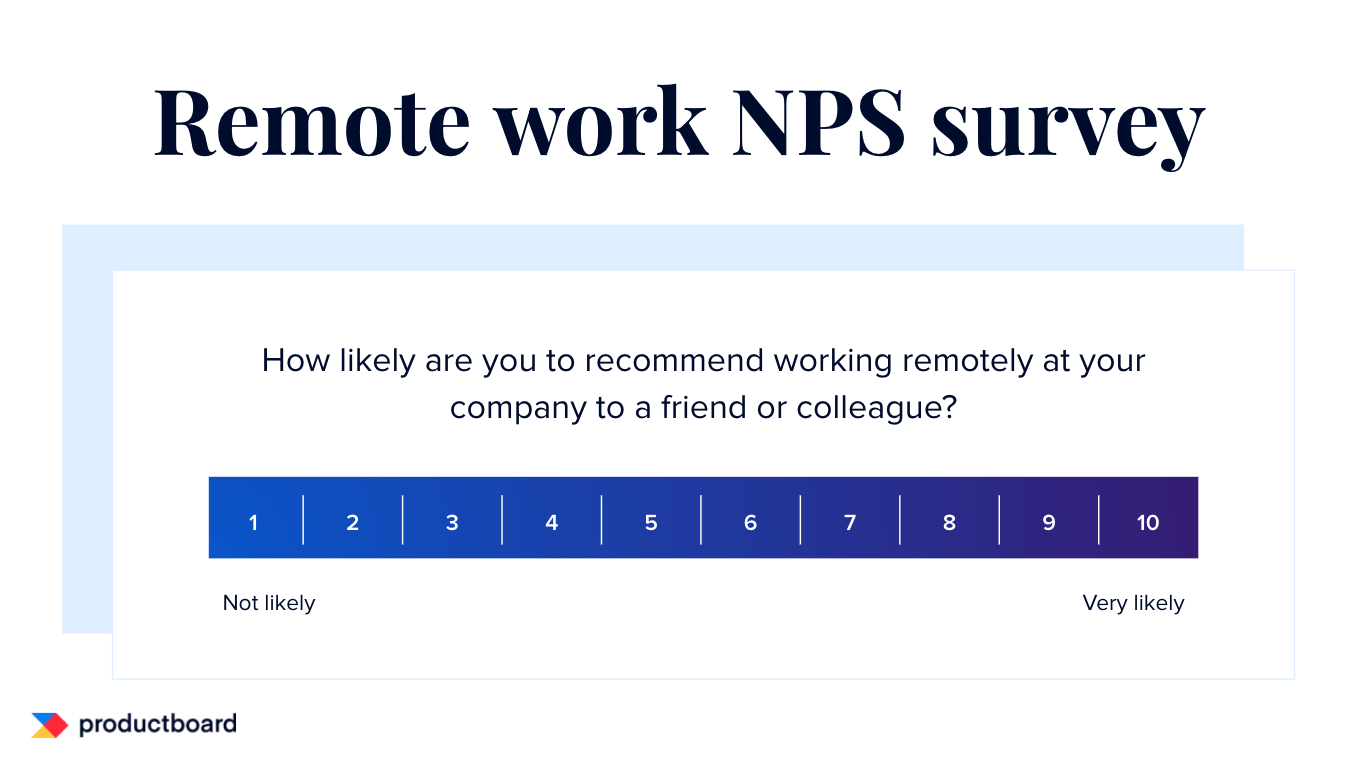
And either to no surprise or great surprise to you, we found that people who work remotely all the time have a relatively high satisfaction rate when it comes to remote work. People who work remotely a few days a week are satisfied as well. It’s the people who rarely or never work remotely that are having the hardest time.
So I think the trend right now is that everyone is being thrown into remote work regardless of their experience with it, and there’s an additional layer where the remote work environment is very different than before. Folks that have rarely or never worked remotely are finding it to be much harder than folks who are used to it. And we have the data to prove that.
Was the eventual adoption of remote work inevitable even before COVID-19 brought on this experiment?
If you talk to remote work advocates they would say yes. However, if you talk to folks who are used to offices or to businesses themselves they might tell you something different. So again, we got the data and found that 91 percent of remote workers find remote work to be a good fit for them. On top of that, 96 percent of them would recommend working remotely to a friend.
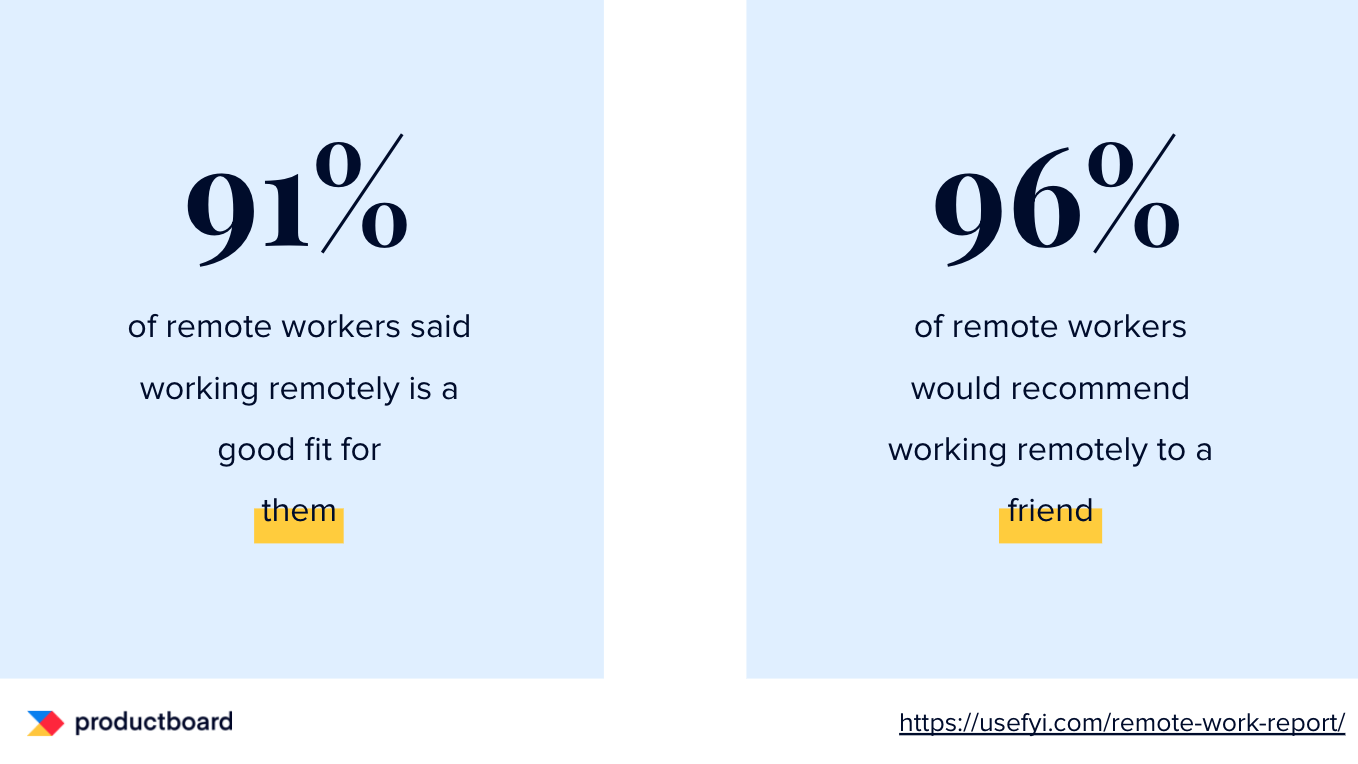
So I think eventual adoption of remote work is inevitable because what is good for employees ends up being good for the company — it’s just a matter of time. And again, all of a sudden, here we are.
What is the difference between “normal” remote work and remote work under current circumstances?
This is not normal remote work. This is what I call business as unusual. We have a lot of different things happening at our homes that would not be going on normally, like the kids being at home, lots of food getting cooked, and getting geared up with masks and gloves just to leave the house — to name a few
So I have a really simple way to think about overcoming these challenges, and it ended up being an acronym that I came up with:
- Provide time and space to deal with home life
- Ease into meetings with a little banter.
- Accept interruptions during calls. I think that’s important. I’m going to try to not be interrupted right now, but it might be ok if somebody is freaking out or crying and I have to go deal with it (like my kids, for example).
- Create time to just talk. In a meeting, ask everyone how they are feeling
- Enable flexibility.
And that’s my PEACE framework!
How can we rethink the product management processes we are used to and adapt them to a remote work environment?
I call my solution to this the VACA method because if these things are optimal in my organization across every process and department, I can go on vacation. The VACA method involves being able to assess any of the processes you have on four different criteria — visibility, accountability, communication, and alignment.
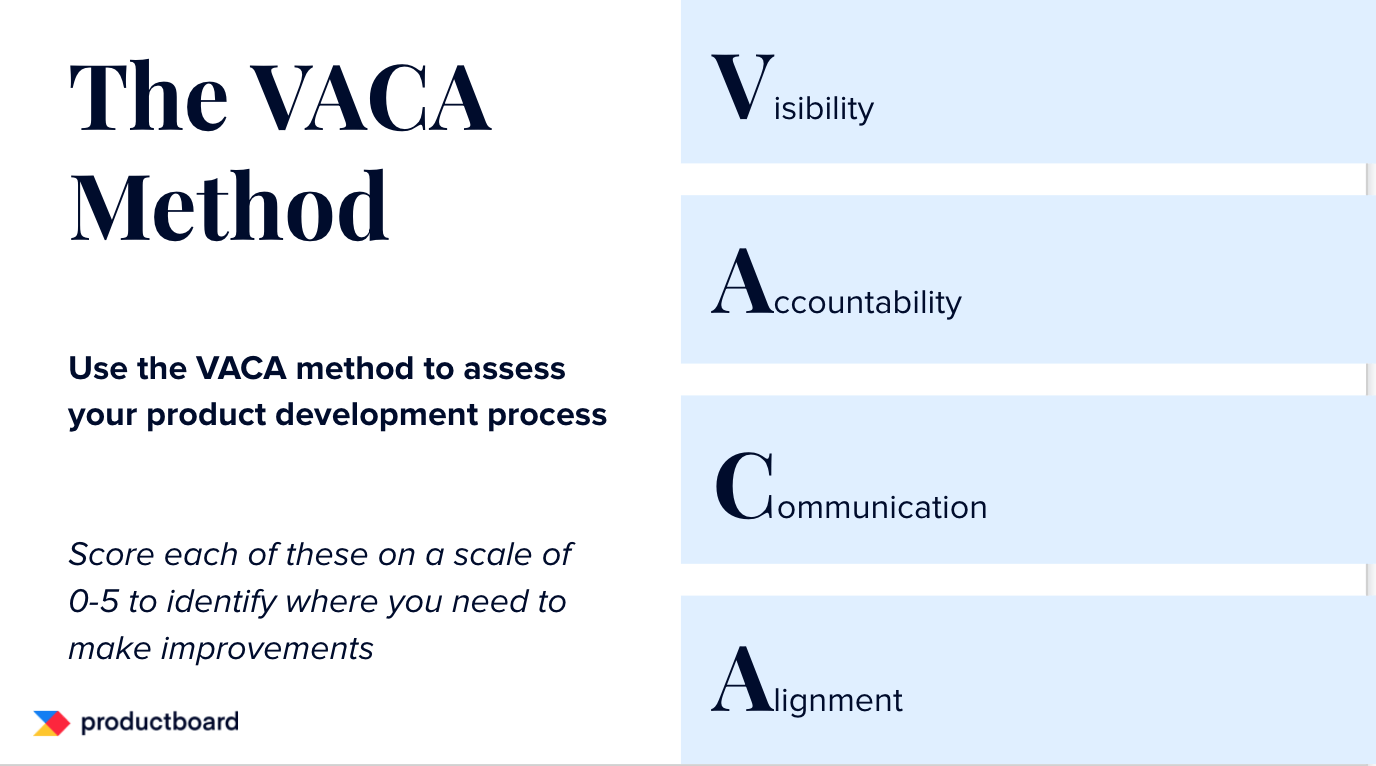
Visibility is about how easy it is to see everything that is going on with product development.
When it comes to accountability, are you able to hold people accountable for the work they’re responsible for? Is the work getting done?
Communication boils down to how well you are communicating as a team and if people feel like they’re in the know.
Alignment is built on all of the above. If you have visibility, accountability, and communication at a 4 or 5 each, you’re doing pretty well and alignment plays into it.
A product like productboard is a system for product development that gives you many of these things out of the box. And if you consider different products out there to help you, first start with your process and then determine where you need to make improvements.
How can product teams better collaborate together remotely?
Process trumps tools.
It’s important to first nail down your process and how well it is working for you (using something like the VACA method) and then figure out what tools can facilitate it. Because a lot of tools are highly opinionated or force you to follow a certain methodology, and product people tend to have many variations of process even if they’re using the same methodology — they need flexibility.
Your process can impact your tool more than your tool can impact your process.
And what I’ve learned about how to collaborate successfully from 17 years of remote work is this:
- Choose a tool to collaborate in. It can be something like productboard because all your information is in there, or something like Miro because they provide whiteboarding.
- Get on a voice call.
- Make video optional and have one person share their screen. Video tends to be a distraction because you’re constantly trying to look at the person instead of actually working in the tool.
- Talk and work together. When product teams want to get something done together — whether it’s writing copy, reviewing specs, or analyzing customer feedback — open up a tool like productboard or another system of record and go through things together.
This works really great for up to three people. When you have over three people I usually don’t recommend having a meeting unless it’s an all-hands, daily standup, or something like that.
Can you walk us through some different types of tools that product managers can leverage?
There are several categories of tools. General-purpose tools can be used for many different things. These include G-suite, Miro, Zoom, Notion, Slack, and more.
Then you have specific-purpose tools that are designed for a specific department or use case.
productboard is an example. It’s an end-to-end product management tool —a system of record — for all your product development efforts. You can put feedback in there, manage your roadmap, and many other things.
For design, I recommend Figma. It’s a highly collaborative tool compared to the alternatives that are out there.
If I want to do research and see what people think about a flow, a prototype, a website, an app, or a mobile app, UserTesting is what I use. There are many other alternatives as well.
Typeform is specifically for surveys.
GitHub is your classic specific-purpose tool where code sits.
When you’re trying to pick new tools to use, first assess whether they’re built for a general purpose or a specific purpose and then go from there.
How can product managers build and maintain relationships with their entire organization remotely?
To build and maintain relationships with the entire organization, over-communicate and write it down. Share more, talk more, then write it in the right medium.
To build and maintain relationships with the entire organization, over-communicate and write it down.
Daily Slack updates are very common for remote teams. In our organization, we have a Slack channel where people share what they’re working on day-to-day. It’s a way to get visibility across the whole organization really quickly, casually see what everyone is up to, and tune in to how everyone is doing outside of work as well.
I also like shared to-dos. My co-founder and I have one of these and work out of it together.
Then there are mediums like a company news document. When you have a lot of asynchronous work going on, different time zones, and business as unusual interruptions, this can be very useful.
A product management system can be valuable as a source of truth. A lot of times people pull this together using multiple tools, but productboard is a great solution for this and enables you to have everything in one place.
When it comes to meetings, share the agenda ahead of time. With a workable meeting agenda, the purpose of the meeting and next steps are obvious. I also recommend writing a follow-up after the meeting to summarize everything that was discussed.
Then there are post-mortems, which are critical in a remote environment. In post-mortems, you review what you’ve done in the past — what went wrong, what went right, and any relevant learnings. This keeps everyone on the same page and helps you do things better next time. This is especially relevant when it comes to things you do repeatedly, like shipping product.
People are really missing “water cooler” talk. What is your advice on how to recreate these types of conversations remotely?
First, make sure you set clear work/life boundaries. And I say that because in an office environemt, everyone is able to have casual conversations at any time. When it comes to remote work, people are working and dealing with life simultaneously, and you want to respect that. So I came up with what I call the Now & Later method.
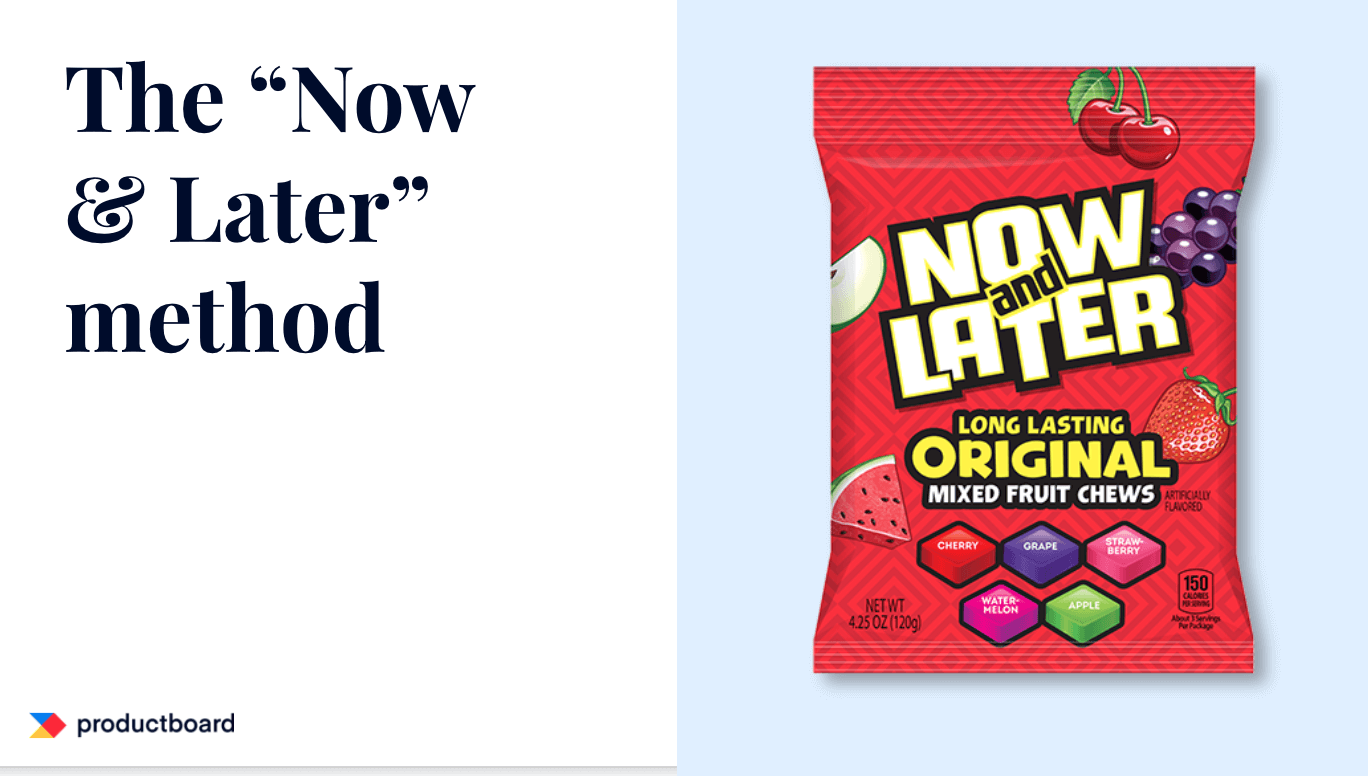
The key to the Now & Later method is identifying what is a priority and what can be put off for later. If you have something that’s relevant to somebody else now, you want to find a way to get to them within the next few hours, and on the right medium.
Now, what happens with “water cooler” conversations? Normally, they are a later thing. Maybe a slower communication method, like email, where people can answer in their own time, is better. This is also where a shared to-do list helps because you can identify items and put a date on them.
To me, it’s all about differentiating between what’s important now and what’s important later, then leveraging the right communication channel.
How can you achieve a healthy work/life balance when working from home? And what are your tips for setting boundaries?
My answer was inspired by what you told me Dottie — that you wake up and your head is immediately at work. And my recommendation for you was to do something that relaxes as part of your morning ritual.
This “thing” you choose is not one-size-fits-all. Yoga and meditation are obviously popular these days, but it can be something as simple as playing your favorite song. I’ve started dancing around with my kids, for example. Whatever the activity, it should help you stay centered and prevent you from feeling anxiety while working. And I bring up anxiety because there’s a lot going on in the world right now and a lot of us are feeling it.
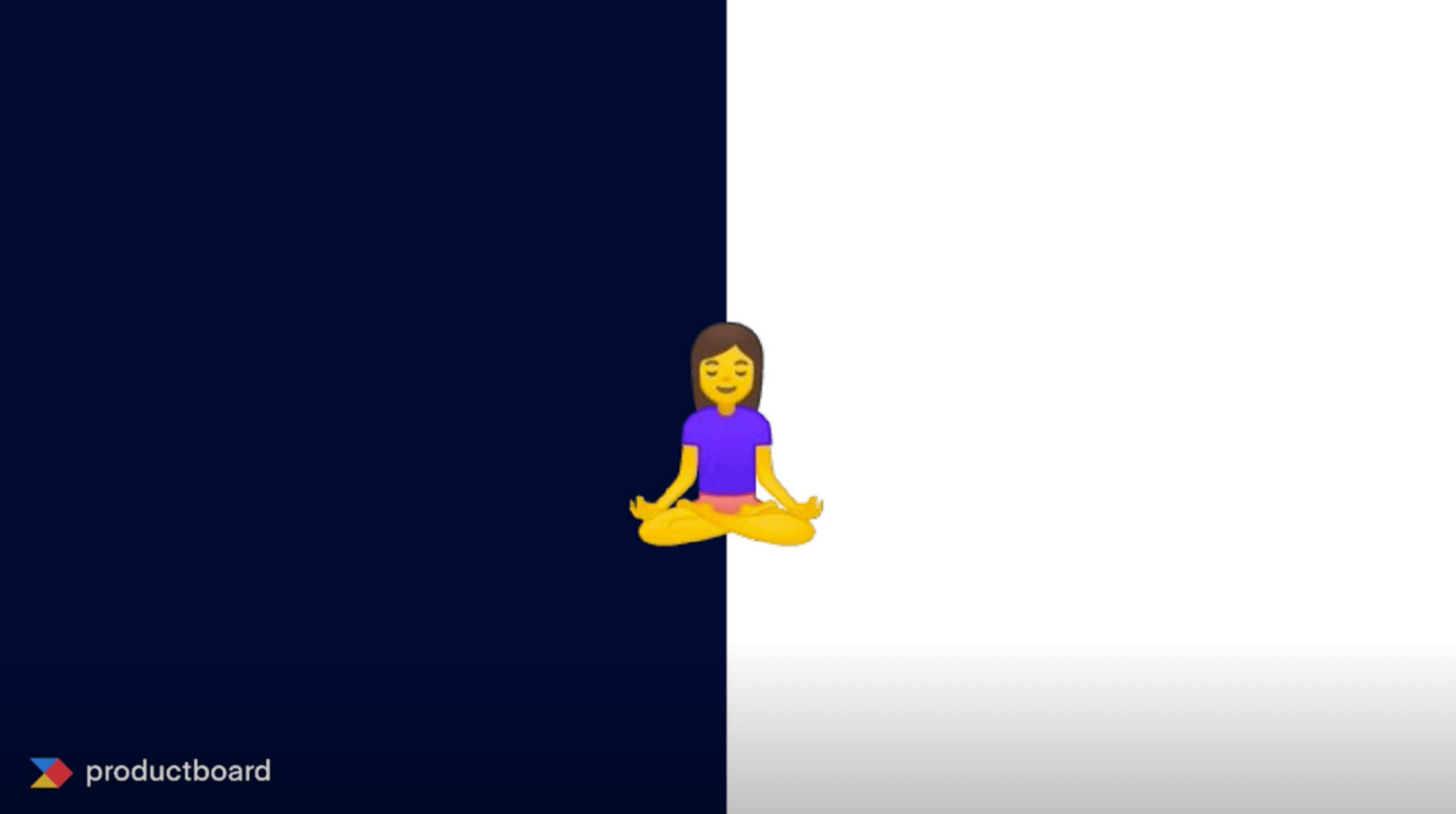
And when it comes to setting boundaries, I understand that it’s easy to stay attached to your phone when you’re at home; really easy to pull up your computer and start working; really easy to respond to that Slack message that doesn’t need a response yet. In a remote work environment, you need to be strict about setting your own boundaries and then figure out how to respect them.
Another thing that’s helpful for me personally is to take a few minutes to breathe. If I have any negative feelings or feel triggered, I try to identify why. So, if you need to take a break, just do it! Find the thing that centers you and helps you to get back in the zone.




![The CPO’s Blueprint for Annual Planning: An Opportunity to Drive Change [Part 3]](https://www.productboard.com/wp-content/uploads/2024/11/strategy-blueprint-560x293.png)
